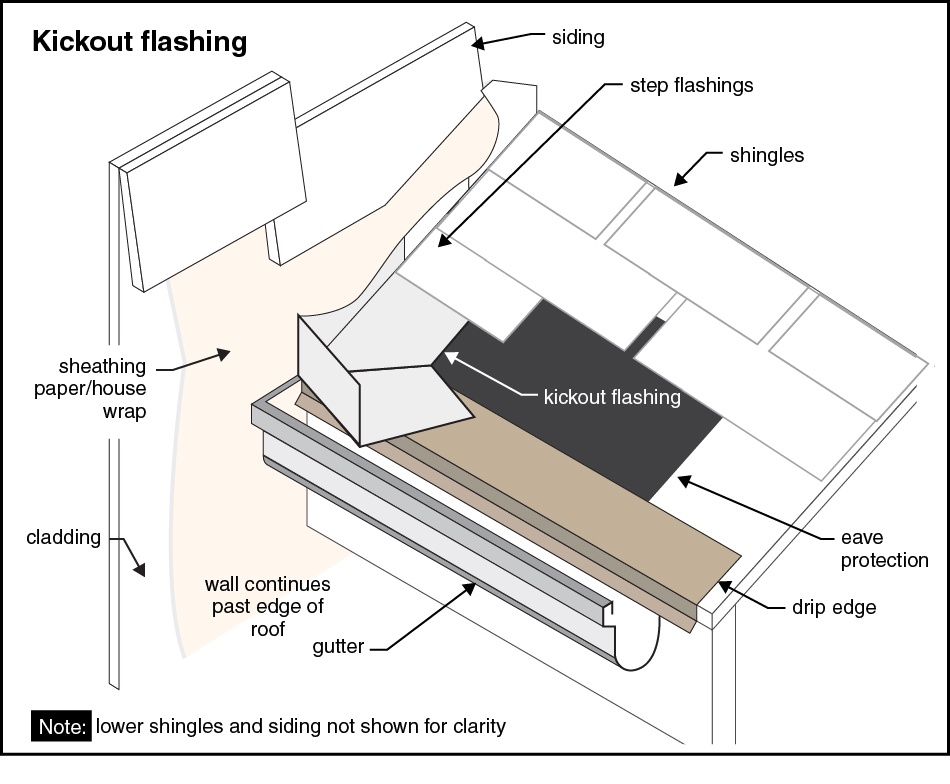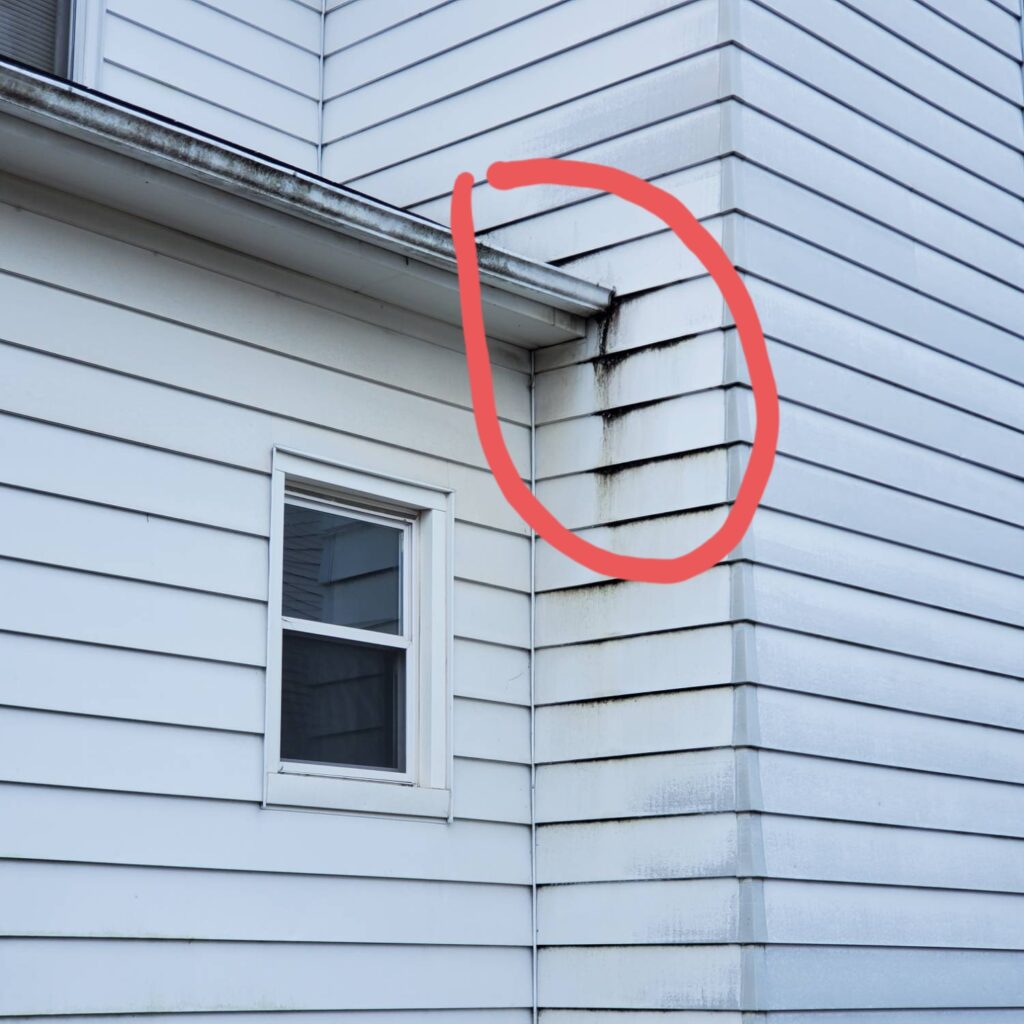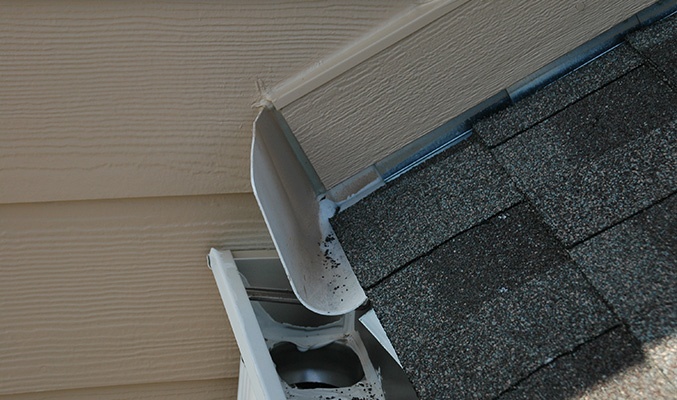Is Kickout Flashing Necessary?
Why Kickout Flashing is Essential for Your Home: Protecting Against Water Damage
When it comes to home construction and maintenance, one of the most crucial but often overlooked components is kickout flashing. This small but significant piece of flashing plays a critical role in directing water away from vulnerable areas of your home, particularly where the roof meets a vertical wall. Without proper kickout flashing, water can seep behind siding or stucco, causing extensive damage over time. Let’s explore why this seemingly minor feature is essential and how it complies with modern building codes.
Here is an illustration of kickout flashing from Illustrated home:

Water Diversion: A Primary Function
The primary purpose of kickout flashing is to divert water that runs down the roof and away from exterior walls. Roof-to-wall intersections are highly susceptible to water infiltration, especially near eaves, where water can flow into unprotected gaps. By installing kickout flashing at these intersections, water is channeled into the gutters, preventing it from dripping behind siding, windows, or doors. This helps safeguard against mold growth, rot, and structural damage, which can lead to expensive repairs if left unaddressed.
Protecting Exterior Cladding
Exterior cladding materials like wood siding, stucco, and brick are often the first line of defense against the elements. However, even the most durable materials can be compromised by water infiltration. Without kickout flashing, moisture can build up behind the cladding, leading to material degradation. Over time, water that collects behind cladding can cause it to warp, crack, or rot, reducing the lifespan of your exterior walls and increasing maintenance costs. Kickout flashing helps prevent these issues by directing water away before it has a chance to penetrate.
Here is an example of a area that needs kick-out flashing:

As you can see water is running from the roof between the gutter and down the siding. There is already surface issues here with moss and there is likely hidden damage behind the siding. Another thing to mention is the fact that there is water here not going into the gutter but instead running down to the ground by the foundation. This can eventually lead to settlement, leaking in the basement, mold in the basement, and other foundation related issues.
Compliance with IRC Codes
The importance of kickout flashing is underscored by building codes such as the International Residential Code (IRC). Specifically, IRC Section R903.2.1 requires flashing at roof-to-wall intersections, including kickout flashing where the roof meets a vertical wall and water runoff would otherwise flow into a wall assembly. This ensures that water is directed safely into the gutter system rather than compromising the building envelope. Failing to install kickout flashing not only exposes your home to potential damage but also puts you out of compliance with code requirements, which could lead to issues during home inspections.
Preventing Mold and Mildew Growth
One of the hidden dangers of water infiltration is the growth of mold and mildew inside your home. When water seeps into walls, it creates a moist environment that is ideal for mold growth. This not only affects the structural integrity of your home but also poses health risks to the occupants. Mold can trigger allergic reactions, respiratory problems, and other health issues. By installing kickout flashing, you significantly reduce the chances of water getting trapped in your walls, thereby preventing mold and keeping your home safe.
Long-Term Cost Savings
Installing kickout flashing is a small investment that offers substantial long-term savings. Water damage can be one of the most expensive types of damage to repair, often requiring the replacement of insulation, drywall, and structural components. Additionally, mold remediation can be both costly and time-consuming. By preventing water from entering these critical areas, kickout flashing helps homeowners avoid these significant expenses. It also reduces the likelihood of needing to repaint or replace exterior cladding prematurely due to water damage.
Conclusion: Don’t Overlook Kickout Flashing
Here is an example of the kick-out flashing that should be in place to divert water from the roof and sidewall into the gutter (via thebuildingconsultant):
In conclusion, kickout flashing is a necessary part of any well-built home. It serves as a vital defense against water intrusion, protecting both your home’s structure and your investment. As specified by IRC Section R903.2.1, kickout flashing is not only recommended but required for roof-to-wall intersections. Homeowners and builders should ensure that this small but essential component is properly installed to prevent costly water damage, mold growth, and code violations. By doing so, you can preserve the integrity of your home for years to come.

